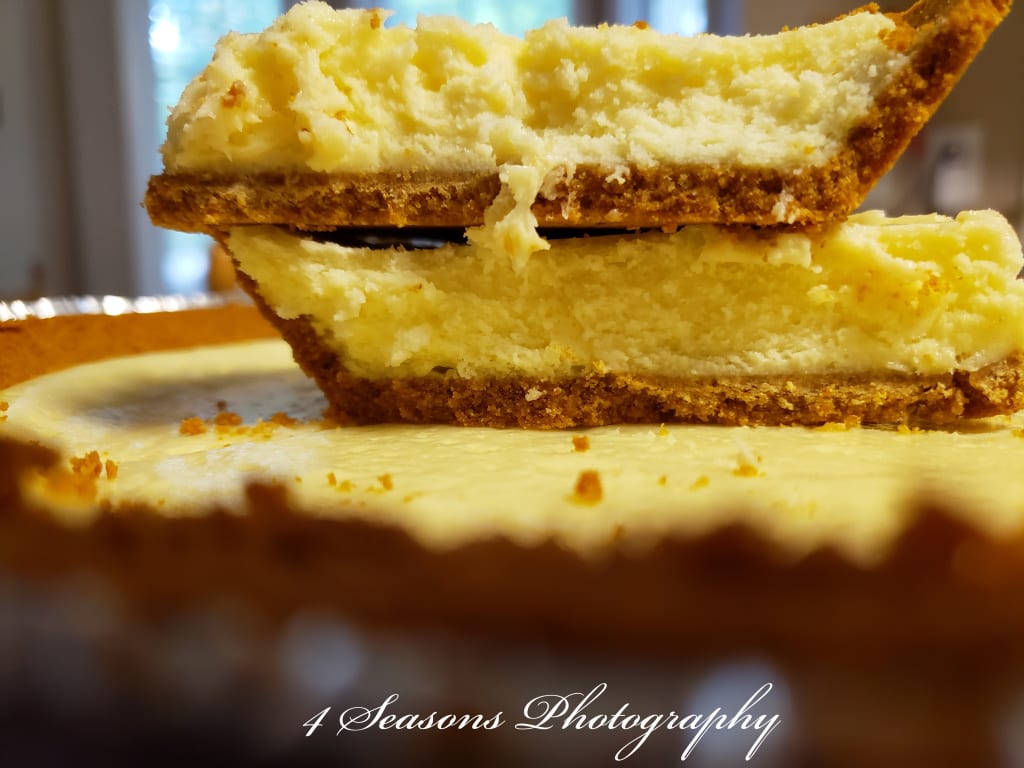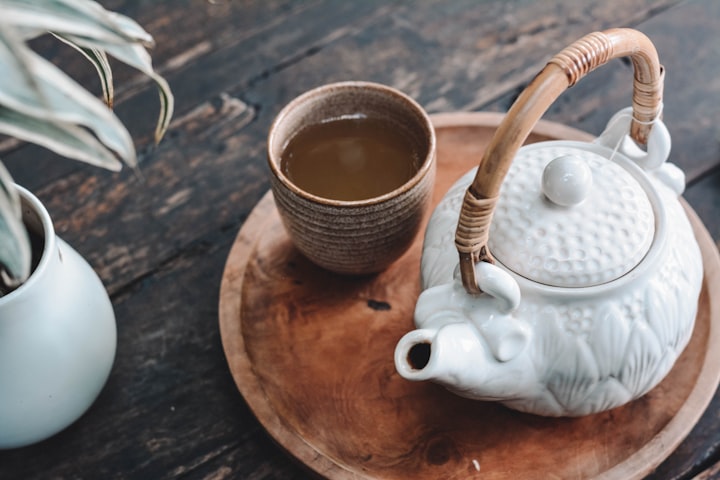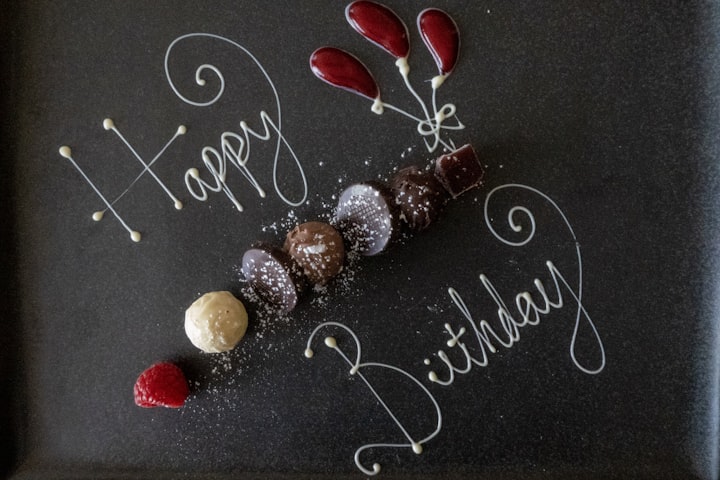How to bake a cheesecake
Cheesecake tips and tricks

Have you ever tried to bake a cheesecake? Was it cracked on the top? How about lumps, did it have more lumps than a room full of camels? I have solutions for you. Baking is a precise craft and there are a few things that can help you bake a successful cheesecake at home.
Pans
What type of pan does one use to make a cheesecake? Well, generally, cheesecakes are baked in a springform pan. The average size springform pan is 9 inches around. This type of pan has 2 parts. It has a round bottom piece and a circular piece with a hook-like closure that allows the round bottom piece to nestle into its bottom groove.
You can also make a rectangular cake and use a 9×13 pan for baking.
Crust Or Not To Crust
Have you ever tried a cheesecake without a crust? It is actually very good. My mom gave me an original New York-style cheesecake recipe many years ago. It was passed down from her mother and her mother. The recipe did not call for a crust. You can omit the crust from any cheesecake recipe if you desire. (Except a no-bake cheesecake recipe.) But, in this article, we are discussing the baked kind of cake.
I like a good crust. You can go with a simple crust consisting of graham cracker crumbs, butter, and sugar. You can also get creative and try Nilla wafers, gingersnaps, chocolate or chocolate chip cookies (the crunchy kind), or chocolate graham crumbs in the place of the basic graham crumbs.
Cheese
You may ask: what kind of cream cheese should I use in my cheesecake recipe? Full fat, full flavor cream cheese. I have tried low-fat cream cheese in my cheesecake and it took away from that creamy taste, texture, and rich flavor.
Note to self: If a recipe calls for full-fat ingredients, stick with it.
Earthquake
OK, so why do you have a fault line down the center of your cheesecake? Several issues can cause this. First, over beating the batter can cause cracks in the cake. Incorrect oven temperature can cause it as well. But, when it comes down to it, cheesecakes are fragile cakes and tend to crack. There is a way to help your cake stay in one piece. You can place the pan that contains your unbaked cake, inside another pan that contains about 1 inch of water, while the cake bakes. We call this a “water bath”.
Lumps
Why is my cake so lumpy? Was your cheese at room temperature before you began to mix it? If it was not, that is likely the cause of your lumps. Be sure to start preparing your cheese when it is at room temperature. And be sure you beat it enough, to remove the lumps.
Be sure not to over mix your ingredients, though. Over mixing can cause the cheesecake to sink in the center.
Ready To Eat?
I know, I know, you want to immediately indulge in your cheesecake as soon as it emerges from the warm oven. NO! Don’t do it! Hold yourself back. Your cheesecake may fall apart if you remove it from the pan too early. Plus, a cheesecake always tastes better the next day, after it has been sitting in the refrigerator overnight. If you do not have the time to wait that long, let it sit in the fridge at LEAST 4 hours before cutting in.
About the Creator
Food Writer - Deanna Martinez-Bey
I am an author, blogger, foodie / baker, copy editor, photographer, and social media manager. When I am not writing I enjoy running, watching the Food Network, sleeping, coffee, chocolate, and hugs.
You can find my books on Amazon!






Comments
There are no comments for this story
Be the first to respond and start the conversation.